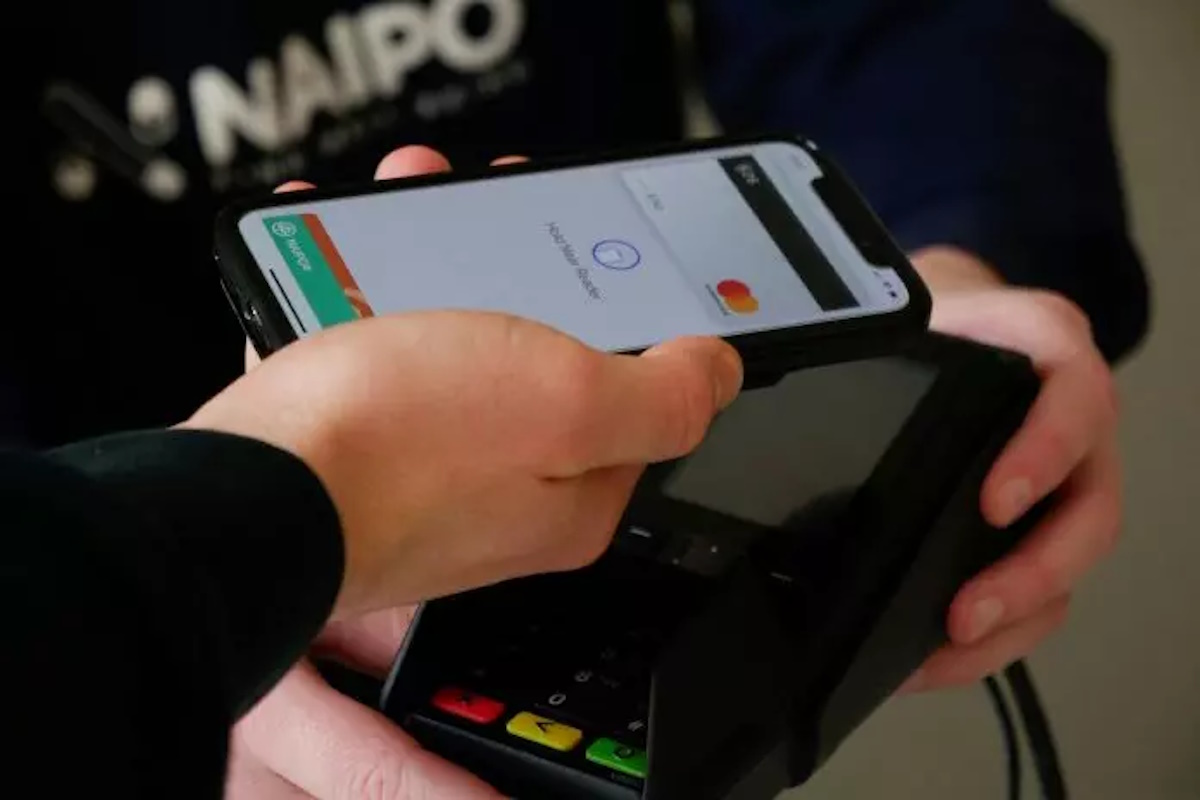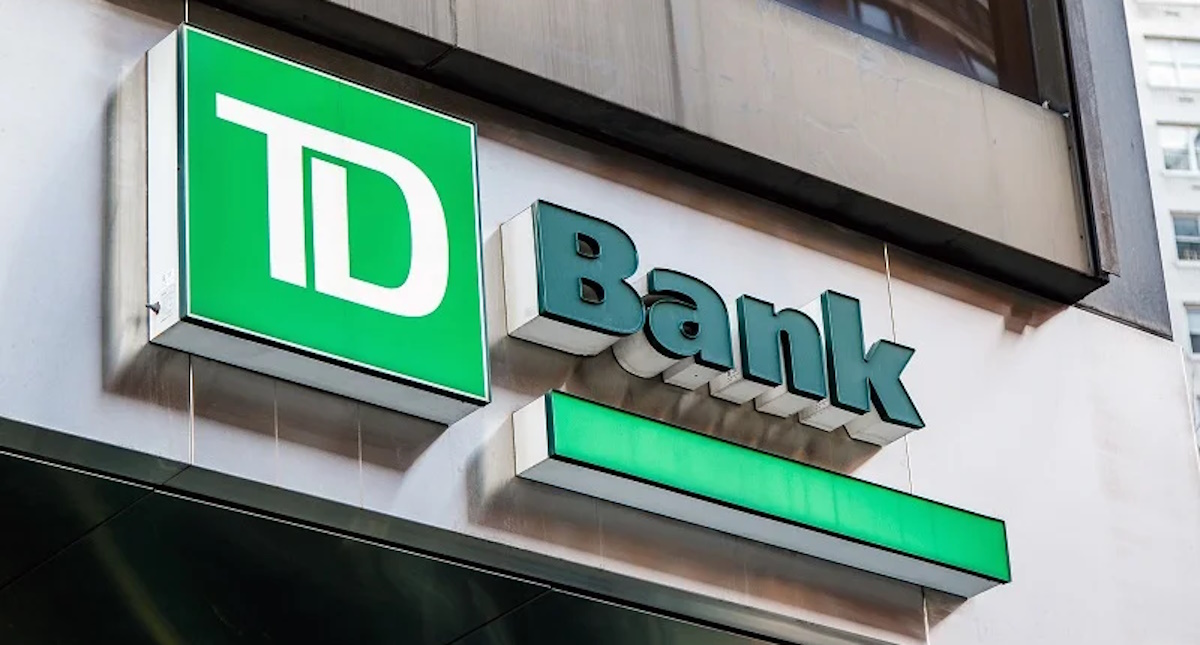Fintech
Purepoint Uranium to Present at the Red Cloud’s 2023 Pre-PDAC Mining Showcase and at the PDAC Conference
Toronto, Ontario–(Newsfile Corp. – March 1, 2023) – Purepoint Uranium Group Inc. (TSXV: PTU) (OTCQB: PTUUF) (“Purepoint” or the “Company”) will be presenting at Red Cloud’s Pre-PDAC Mining Showcase that will be held on March 2 and 3, 2023 and at the PDAC Conference that will be held from March 5 to 8, 2023.
During both conferences, Chris Frostad, President and CEO will be discussing the two drill programs currently underway at the Hook Lake and Red Willow projects in Canada’s prolific Athabasca Basin.
Presentation Times:
- Red Cloud Conference: Friday, March 3, 2023 at 1:50 pm ET at the Sheraton Centre Toronto Hotel. For more information and/or to register for the conference please visit: https://redcloudfs.com/prepdac2023/.
- PDAC 2023 Conference: Wednesday, March 8th at 10:26 am, Uranium Session at room 803 at the Metro Toronto Convention Centre. The Purepoint Team will also be available on booth # 2636 at the Metro Toronto Convention Centre for the duration of the conference. For more information and/or to register for the conference please visit: https://www.pdac.ca/convention/attend/registration.
Hook Lake – The Carter Corridor
The Hook Lake JV Project is owned jointly by Cameco Corp. (39.5%), Orano Canada Inc. (39.5%) and Purepoint Uranium Group Inc. (21%) as operator and consists of nine claims totaling 28,598 hectares situated in the southwestern Athabasca Basin. The Hook Lake JV Project is considered one of the highest quality uranium exploration projects in the Athabasca Basin due to its location along the prospective Patterson Lake trend and the relatively shallow depth to the unconformity.
The Patterson Lake area was recently flown by an airborne gravity survey (Boulanger, Kiss and Tschirhart, 2019) that was funded by the Targeted Geoscience Initiative (TGI), a collaborative federal geoscience program. The gravity results show the southern portion of the Carter corridor as being associated with the same gravity high response as the Triple R and Arrow uranium deposits. The gravity low response west of the Carter corridor reflects the geologically younger, Clearwater Domain intrusions. The TGI (Potter et al., 2020) consider the Clearwater Domain intrusions as being high-heat-producers that warmed and circulated hydrothermal fluids over the structural corridors. Prolonged interaction of oxidized uranium-bearing fluids with basement rocks via reactivated faults is thought to have formed the high-grade uranium deposits.
Purepoint completed three drill holes in the southern portion of the Carter corridor (HK08-01 to 03) during 2008. HK08-01 intersected very strong sericite and silica alteration and returned a maximum of 17 ppm U within basement rock but missed the conductor source. HK08-02 returned locally elevated radioactivity from 20 to 30 metres below the unconformity while HK08-03 intersected 60 metres of intense hematite alteration below the unconformity.
Red Willow Project
The 100% owned Red Willow property is situated on the northern edge of the eastern Athabasca Basin mine corridor in Northern Saskatchewan, Canada. The property is located in close proximity to several uranium deposits including Orano Resources Canada Inc.’s JEB mine, approximately 10 kilometres to the southwest, and Cameco’s Eagle Point mine that is approximately 10 kilometres due south.
Red Willow consists of 17 mineral claims having a total area of 40,116 hectares. Geophysical surveys conducted by Purepoint have included airborne magnetic and electromagnetic (VTEM) surveys, an airborne radiometric survey, ground gradient array IP, pole-dipole array IP, fixed-loop and moving-loop transient electromagnetics, and gravity. The detailed airborne VTEM survey provided magnetic results that are an excellent base on which to interpret structures while the EM results outlined over 70 kilometres of conductors that in most instances represent favourable graphitic lithology.
About Purepoint
Purepoint Uranium Group Inc. (TSXV: PTU) (OTCQB: PTUUF) actively operates an exploration pipeline of 12 advanced projects in Canada’s Athabasca Basin. In addition to its flagship joint venture project at Hook Lake with partners Cameco and Orano and a second joint venture with Cameco at Smart Lake, Purepoint also holds ten, 100% owned projects with proven uranium rich targets. With an aggressive exploration program underway on multiple projects, Purepoint is emerging as the preeminent uranium explorer in the world’s richest uranium district.
For more information, please contact:
Chris Frostad, President & CEO
Phone: (416) 603-8368
Email: [email protected]
For additional information please visit our new website at https://purepoint.ca, our Twitter feed: @PurepointU3O8 or our LinkedIn page @Purepoint-Uranium.
Neither the Exchange nor its Regulation Services Provider (as that term is defined in the policies of the Exchange) accepts responsibility for the adequacy or accuracy of this Press release.
Disclosure regarding forward-looking statements
This press release contains projections and forward-looking information that involve various risks and uncertainties regarding future events. Such forward-looking information can include without limitation statements based on current expectations involving a number of risks and uncertainties and are not guarantees of future performance of the Company. These risks and uncertainties could cause actual results and the Company’s plans and objectives to differ materially from those expressed in the forward-looking information. Actual results and future events could differ materially from those anticipated in such information. These and all subsequent written and oral forward-looking information are based on estimates and opinions of management on the dates they are made and expressly qualified in their entirety by this notice.
To view the source version of this press release, please visit https://www.newsfilecorp.com/release/156623
Fintech
Central banks and the FinTech sector unite to change global payments space

The BIS, along with seven leading central banks and a cohort of private financial firms, has embarked on an ambitious venture known as Project Agorá.
Named after the Greek word for “marketplace,” this initiative stands at the forefront of exploring the potential of tokenisation to significantly enhance the operational efficiency of the monetary system worldwide.
Central to this pioneering project are the Bank of France (on behalf of the Eurosystem), the Bank of Japan, the Bank of Korea, the Bank of Mexico, the Swiss National Bank, the Bank of England, and the Federal Reserve Bank of New York. These institutions have joined forces under the banner of Project Agorá, in partnership with an extensive assembly of private financial entities convened by the Institute of International Finance (IIF).
At the heart of Project Agorá is the pursuit of integrating tokenised commercial bank deposits with tokenised wholesale central bank money within a unified, public-private programmable financial platform. By harnessing the advanced capabilities of smart contracts and programmability, the project aspires to unlock new transactional possibilities that were previously infeasible or impractical, thereby fostering novel opportunities that could benefit businesses and consumers alike.
The collaborative effort seeks to address and surmount a variety of structural inefficiencies that currently plague cross-border payments. These challenges include disparate legal, regulatory, and technical standards; varying operating hours and time zones; and the heightened complexity associated with conducting financial integrity checks (such as anti-money laundering and customer verification procedures), which are often redundantly executed across multiple stages of a single transaction due to the involvement of several intermediaries.
As a beacon of experimental and exploratory projects, the BIS Innovation Hub is committed to delivering public goods to the global central banking community through initiatives like Project Agorá. In line with this mission, the BIS will soon issue a call for expressions of interest from private financial institutions eager to contribute to this ground-breaking project. The IIF will facilitate the involvement of private sector participants, extending an invitation to regulated financial institutions representing each of the seven aforementioned currencies to partake in this transformative endeavour.
Source: fintech.globa
The post Central banks and the FinTech sector unite to change global payments space appeared first on HIPTHER Alerts.
Fintech
TD Bank inks multi-year strategic partnership with Google Cloud

TD Bank has inked a multi-year deal with Google Cloud as it looks to streamline the development and deployment of new products and services.
The deal will see the Canadian banking group integrate the vendor’s cloud services into a wider portion of its technology solutions portfolio, a move which TD expects will enable it “to respond quickly to changing customer expectations by rolling out new features, updates, or entirely new financial products at an accelerated pace”.
This marks an expansion of the already established relationship between TD Bank and Google Cloud after the group previously adopted the vendor’s Google Kubernetes Engine (GKE) for TD Securities Automated Trading (TDSAT), the Chicago-based subsidiary of its investment banking unit, TD Securities.
TDSAT uses GKE for process automation and quantitative modelling across fixed income markets, resulting in the development of a “data-driven research platform” capable of processing large research workloads in trading.
Dan Bosman, SVP and CIO of TD Securities, claims the infrastructure has so far supported TDSAT with “compute-intensive quantitative analysis” while expanding the subsidiary’s “trading volumes and portfolio size”.
TD’s new partnership with Google Cloud will see the group attempt to replicate the same level of success across its entire portfolio.
Source: fintechfutures.com
The post TD Bank inks multi-year strategic partnership with Google Cloud appeared first on HIPTHER Alerts.
Fintech
MAS launches transformative platform to combat money laundering

The MAS has unveiled Cosmic, an acronym for Collaborative Sharing of Money Laundering/Terrorism Financing Information and Cases, a new money laundering platform.
According to Business Times, launched on April 1, Cosmic stands out as the first centralised digital platform dedicated to combating money laundering, terrorism financing, and proliferation financing on a worldwide scale. This move follows the enactment of the Financial Services and Markets (Amendment) Act 2023, which, along with its subsidiary legislation, commenced on the same day to provide a solid legal foundation and safeguards for information sharing among financial institutions (FIs).
Cosmic enables participating FIs to exchange customer information when certain “red flags” indicate potential suspicious activities. The platform’s introduction is a testament to MAS’s commitment to ensuring the integrity of the financial sector, mandating participants to establish stringent policies and operational safeguards to maintain the confidentiality of the shared information. This strategic approach allows for the efficient exchange of intelligence on potential criminal activities while protecting legitimate customers.
Significantly, Cosmic was co-developed by MAS and six leading commercial banks in Singapore—OCBC, UOB, DBS, Citibank, HSBC, and Standard Chartered—which will serve as participant FIs during its initial phase. The initiative emphasizes voluntary information sharing focused on addressing key financial crime risks within the commercial banking sector, such as the misuse of legal persons, trade finance, and proliferation financing.
Loo Siew Yee, assistant managing director for policy, payments, and financial crime at MAS, highlighted that Cosmic enhances the existing collaboration between the industry and law enforcement authorities, fortifying Singapore’s reputation as a well-regulated and trusted financial hub. Similarly, Pua Xiao Wei of Citi Singapore and Loretta Yuen of OCBC have expressed their institutions’ support for Cosmic, noting its potential to ramp up anti-money laundering efforts and its significance as a development in the banking sector’s ability to combat financial crimes efficiently. DBS’ Lam Chee Kin also praised Cosmic as a “game changer,” emphasizing the careful balance between combating financial crime and ensuring legitimate customers’ access to financial services.
Source: fintech.global
The post MAS launches transformative platform to combat money laundering appeared first on HIPTHER Alerts.
-
Latest News5 days ago
DEMAND AT ASIAN FACTORIES RISES AT STRONGEST RATE IN OVER 2 YEARS, IMPROVING NEAR-TERM GROWTH OUTLOOK FOR MANUFACTURING WORLDWIDE: GEP GLOBAL SUPPLY CHAIN VOLATILITY INDEX
-
Latest News5 days ago
Bitrue Gears Up for 2024 Bitcoin Halving with Trading Competition
-
Latest News6 days ago
Former Dreambox CEO Jessie Woolley-Wilson Joins Owl Ventures as Operating Partner
-
Latest News5 days ago
Global Airlines Appoints New Head of Finance from KPMG
-
Latest News5 days ago
Spendesk combines procurement with spend management through Okko acquisition
-
Latest News5 days ago
BtcTurk Organizes Half Marathon in Istanbul to Celebrate Halving Period
-
Latest News4 days ago
“The Hainan FTP and Me”: Looking at Hainan’s Transformations
-
Latest News6 days ago
99Bitcoins Reveals Website Revamp and Expansion Plans With Incentivized Learning Through Tokenization



